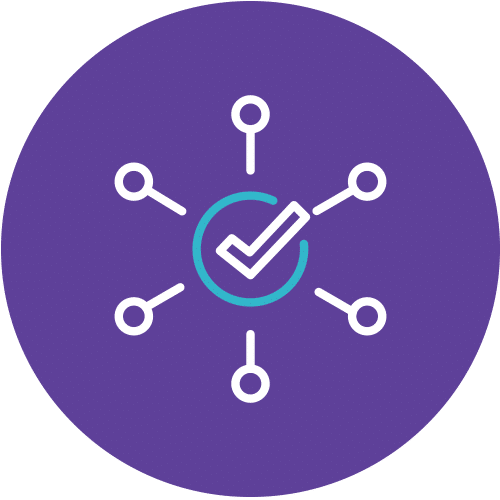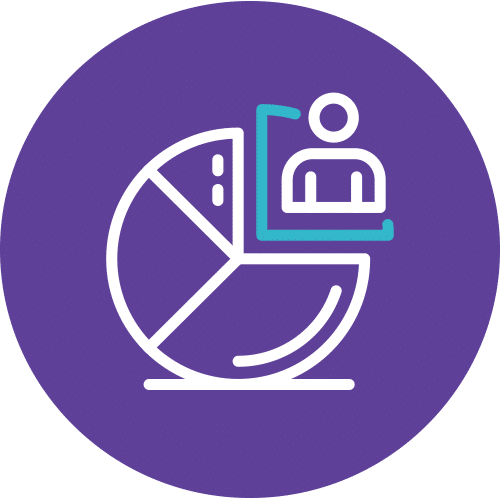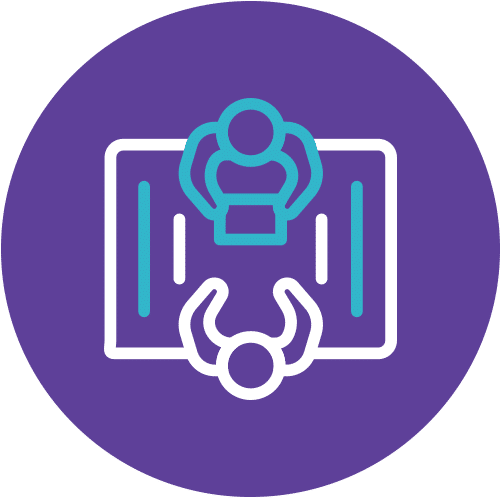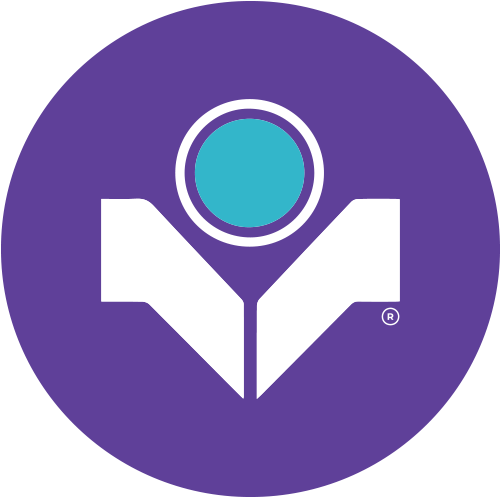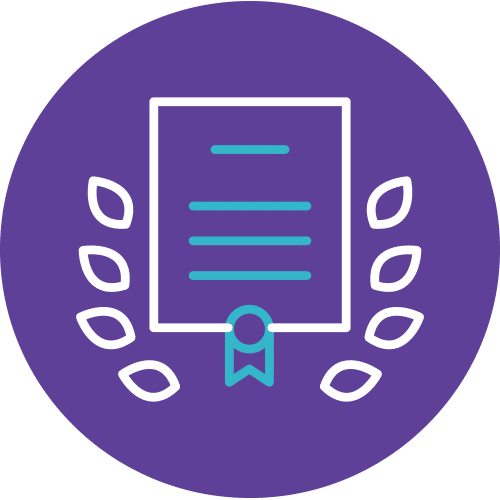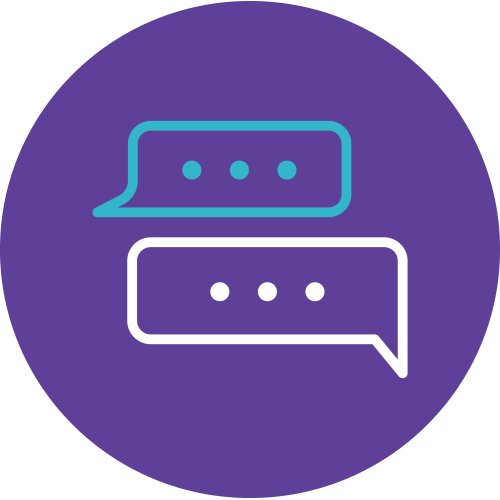Overview: The Science and Art of Effective Web and App Design
Bridge the gap between usability and aesthetics with the “Science and Art of Effective Web and App Design” course. This program equips you to create user interfaces that are both functional and visually appealing, specifically tailored for Web and App Design. You’ll delve into the foundational layers of interface design, including navigation, presentation, content, and interaction, all within the context of Web and App Design. By understanding these core principles, you’ll learn to craft intuitive navigation and design user journeys that are clear and easy to follow, ensuring users can find what they need efficiently within your Web and App Design projects.
Balance form and function by making informed decisions about visual design elements like layout, color, graphics, and typography to create a visually compelling yet user-friendly interface in Web and App Design. Learn best practices for organizing and presenting content in a way that is easy to understand and navigate, essential for effective Web and App Design. Master the art of designing seamless interactions, creating controls and feedback mechanisms that are intuitive and provide users with a smooth experience. By the end of this course, you’ll be empowered to design websites and applications that are not only effective but also visually engaging, contributing to a positive user experience and overall success in Web and App Design.
Crafting User-Centered App Experiences
Learn how to implement user-centered requirements into your app designs and integrate key design elements like navigation, presentation, content, and interaction. Whether you’re designing e-commerce platforms, informational sites, or applications, this course equips you with the skills to make informed decisions that enhance visual design, usability, and efficiency.
Beyond the Basics
But that’s not all. You’ll also explore advanced topics such as accessibility, internationalization, and the intersection of science and art in user-centered design. By the end of this course, you’ll be well-prepared to create app designs that not only look great but also offer exceptional user experiences. So, are you ready to take your app design skills to the next level? Join us and let’s embark on this creative journey together!
Course Details
Course Code: UX-WAD; Duration: 3 Days; Instructor-led
Designing intuitive and effective user interfaces is both science and art. During this course, participants will learn how to apply research-based and field-tested Web and application design principles and methodologies.
Initially they will focus on the four foundational layers of the interface: Navigation, Presentation, Content, and Interaction. Participants will then be provided with the framework and methodology needed to support rapid prototyping initiatives. Finally, they will extend their sphere of influence through the application of accessibility and cross cultural design methods.
What you’ll learn
- How to implement user-centered requirements into usable designs
- How to integrate the focal points of design: Navigation, Presentation, Content, and Interaction
- How Web site and application design strategies differ and overlap
Audience
Those involved in the design and development of e-commerce, sites, informational and promotional sites, intranets, and applications
Prerequisites
What you’ll learn
- How to implement user-centered requirements into usable designs
- How to integrate the focal points of design: Navigation, Presentation, Content, and Interaction
- How Web site and application design strategies differ and overlap h
Methodology
- A comprehensive student manual
- Workbook and Resource Guide that contains:
- Course exercises
- User interface control selection guide
- Glossary with annotations and illustrations
- Quick reference job aids
Course Objectives
Upon completion of this program, participants should be able to :
- Identify, select, and implement appropriate navigation models used to build intuitive navigation structures
- Make better decisions and recommendations to improve visual design, including: layout, color, graphics and icons, and text
- Implement effective usability-based content organization and treatment methods
- Ensure intuitive interaction through appropriate UI control selection and error and feedback design
- Increase design efficiency using Web and application standards
- Extend their UCD sphere of influence into the domains of user experience, accessibility, and cross-cultural design
Outlines
- Scientific models in user-centered design (UCD)
- Definition of UCD
Exercise: Designing for functional requirements
- Characteristics of usable designs
- UCD Benefits
Exercise: Conduct a design heuristic evaluation
- Characteristics of usable navigation
- Primary navigation systems
- Hierarchical models
- Persistent design systems
- Sequential navigation
- Search
- Supplemental navigation
- Index
- Breadcrumbs
- Quick links
- Multiple systems navigation design
Exercise: Select appropriate navigation models
- Visual-cognitive processing
- Eye movement and eye tracking
- Gestalt principles of visual design
- Layout
Exercise: Evaluate and redesign a cluttered screen
- Color
- Graphics
- Text
- Printed vs. digital content
- Writing for clarity
- Writing style
- Word choice
- Mechanics
- Methods that facilitate scanning
- Writers’ pyramid
- Headings, bulleted and numbered lists
Exercise: Sharpen writing skills
- Factors that influence interaction design
- User interface controls
- Data entry and selection
- Navigation and action
- Multi-function controls
Exercise: Selecting appropriate UI Controls
- Error handling and prevention
- Feedback
Exercise: Design an effective feedback message
- Screen elements
- Wireframing
- Low fidelity
- High-fidelity
- Effective prototyping strategies
Exercise: Build a paper wireframe
- Why design for accessibility
- Types of disabilities
- Vision
- Hearing
- Motor
- Cognitive
- Assistive technologies
- Accessibility laws
- Accessibility guidelines
- Section 508 Guidelines
- Accessibility Guidelines (WCAG 2.0)
- Web Accessibility Initiative (WAI)
Evaluating for accessibility
Exercise: Conduct a site review for accessibility
- Internationalization and Localization
- Multicultural considerations
- Internationalization design process and usability testing
- Barriers to implementing UCD practices
- UCD practitioners’ knowledge, skills, and abilities
- Academic training and HFI certification
- UCD and HCI professional organizations





